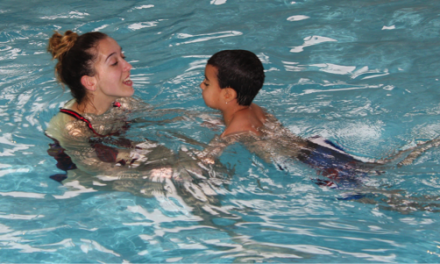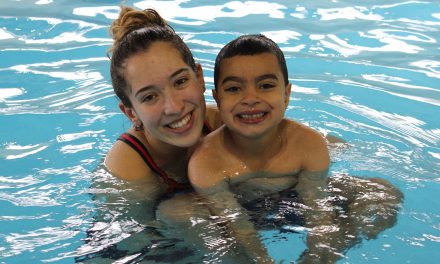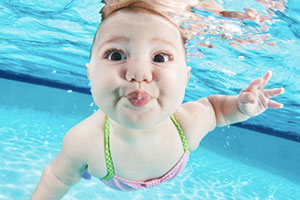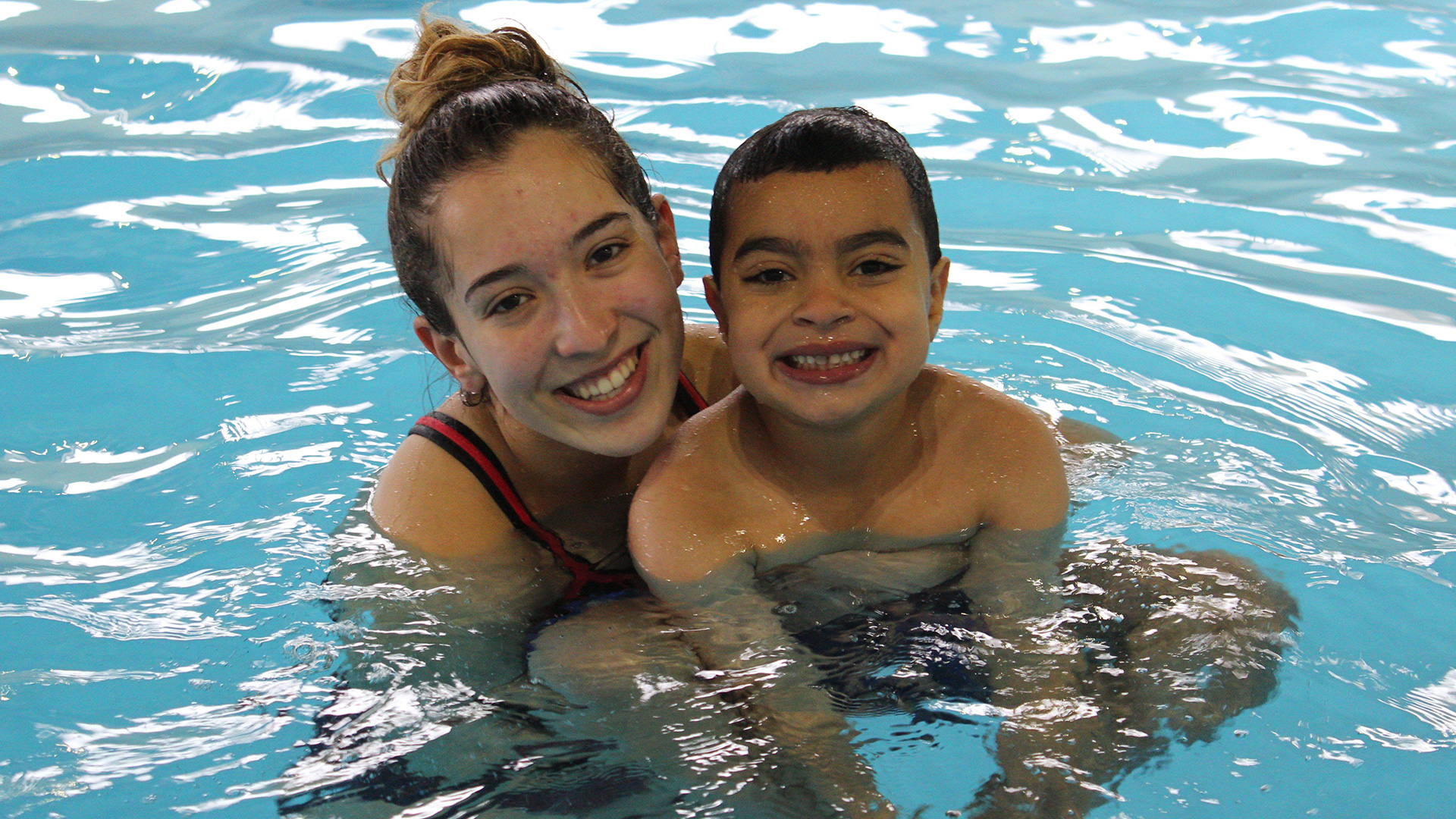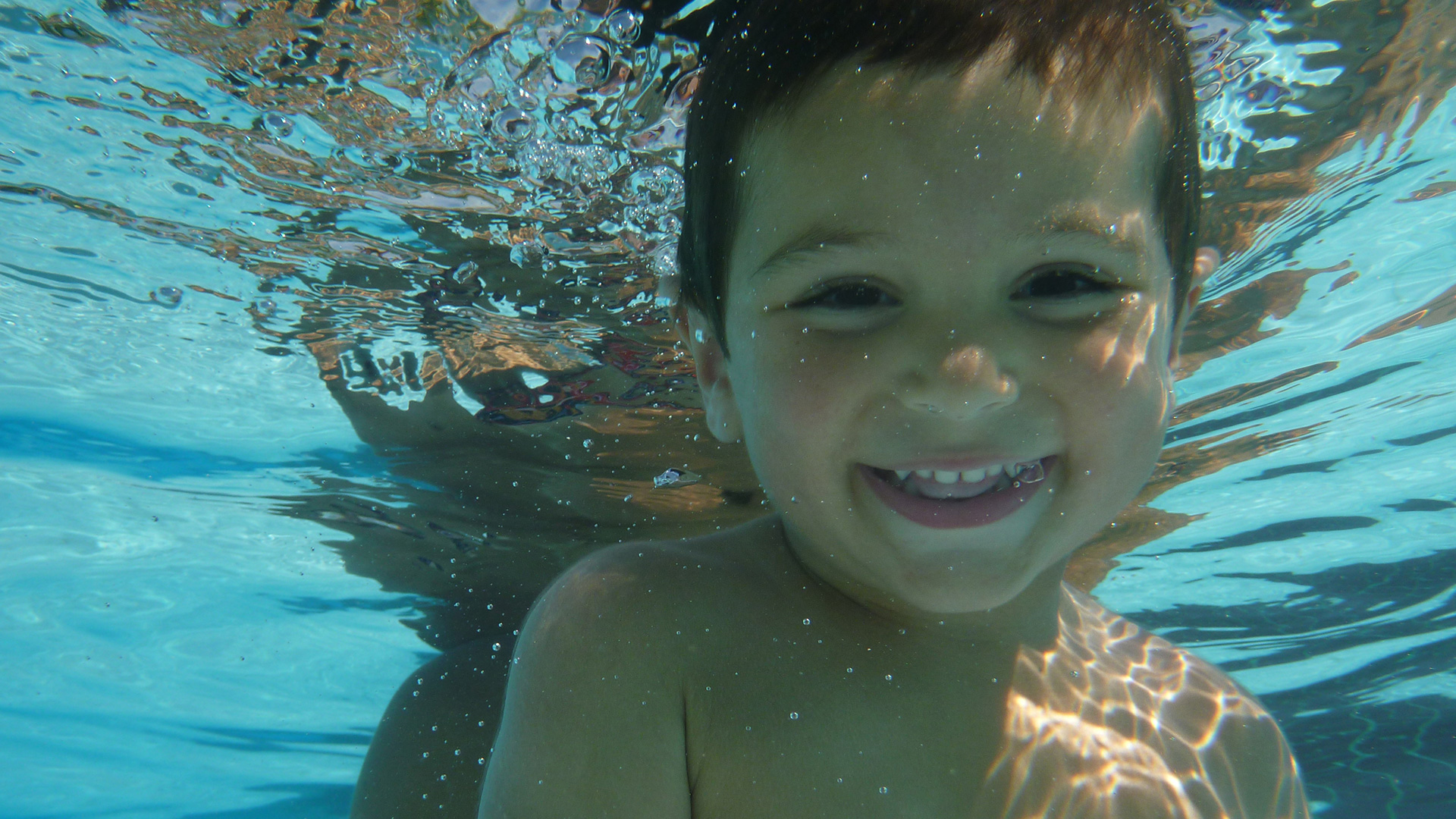Once the covid epidemic is in our rearview mirror, a new approach will be needed for swim lessons. The direct physical contact that has been a staple of learning to swim will need to make way for a more distanced approach. Speaking bluntly, there will need to be less physical contact.
We have written numerous articles on the topic of certain learn-to-swim philosophies being more effective than others: personalized versus group learning, skill-based versus level-based progress, hands on versus hands off philosophies.
Never has it been so clear that our in-house learning system, the CSS Way, is perfectly suited for a post-quarantine world. Developed from dozens of years of constant experience and knowledge of having taught over half a million lessons, this system has 2 distinct qualities which make it very condusive to adapting to a post-quarantine world: the hands-off nature of teaching non-swimmers to swim, and the culture of independence it instills in its swimmers.
The Hands Off Approach for Beginner Swimmers
In order for someone to learn to do something on their own, you have to give them the freedom to do so. Traditionally, group classes for beginners involve a lot of swim aids since the instructor can only really support and give their full attention to one child at a time. This has become common practice in the swim industry, where non-swimmers and weak swimmers are given swim aids for the majority of their swim classes.
Enter the CSS Way, where we strongly discourage any use of swim aids during classes. Furthermore, every swim drill, regardless of swimmer level, must end with an unassisted attempt, that is the child trying it on their own.
Culture of Independence
The larger philosophy governing this approach is our culture of independence. In addition to being hands off, every aspect of a CSS swim lesson is geared towards making our swimmers more independent. Things like making the child hold the wall during explanations (versus holding the child), making the child stand on your knees (“creating the table” as we call it) to practice maintaining their balance when in the middle of the pool, climbing out of the pool on their own using the elbow-elbow-tummy-knee technique (versus being lifted out).
All these little things add up, promoting an environment where the child is expected to do more on their own, and thus does do more on their own. The main benefit of this culture is that kids learn to swim on their own faster. But these methods also well-suited to post-covid swimming lessons, as it already has deep roots in the hands-off, do-it-without-support approach.
No doubt, direct physical contact will need to be limited for the foreseeable future when possible. Fortunately, it is not a far leap for our instructors to become more hands off. While entirely contactless swim lessons is a discussion for another article, the hands-off approach of the CSS Way is an excellent start towards limiting physical contact during swim lessons, and creating a safer post-covid environment for learning how to swim.



